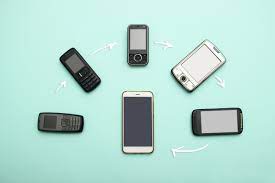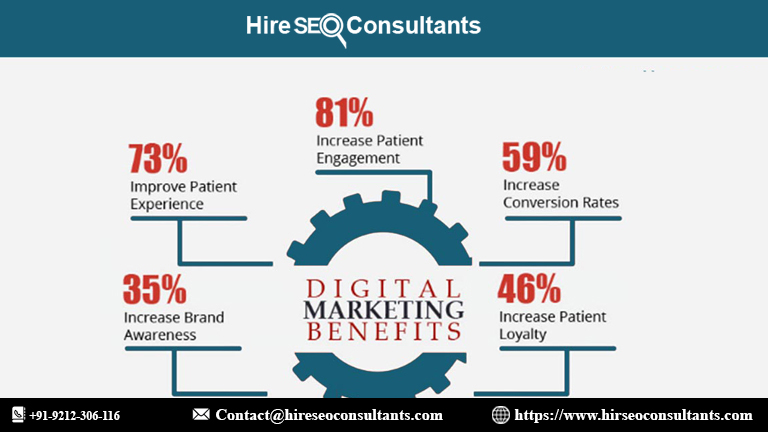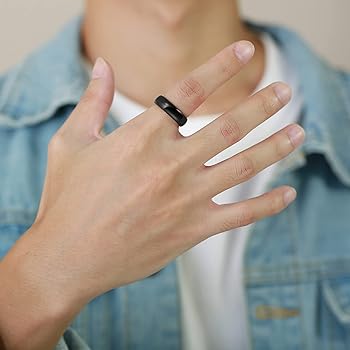Discovering the smartphones and its impact on communication
The story of the smartphones and its impact begins in the early 1990s when mobile phones were primarily used for voice calls.

In the ever-evolving landscape of technology, few innovations have had as profound an smartphones and its impact.
These pocket-sized devices have revolutionized the way we communicate, work, and interact with the world around us.
In this blog post, we will take a journey through time, tracing the evolution of smartphones from their humble beginnings to their current state of advanced capabilities. We will also explore the profound impact smartphones have had on communication and society as a whole.
The Birth of the Smartphones and its impact
The concept of a handheld device that could combine telephony and computing had been floating around in the realm of science fiction for decades. However, it wasn't until the early 1990s that the first true smartphones began to emerge.
The IBM Simon Personal Communicator, released in 1994, is often considered the world's first smartphone. It featured a touchscreen interface, a calendar, an address book, and the ability to send and receive emails?a far cry from today's smartphones, but a groundbreaking innovation at the time.
The Rise of Mobile Operating Systems
One of the key milestones in the evolution of smartphones was the development of mobile operating systems. In 2000, Nokia introduced the Nokia 9210 Communicator, which ran on the Symbian OS. This marked the beginning of the era of mobile platforms. Subsequently, in 2007, Apple introduced the iPhone, powered by its proprietary iOS. The iPhone's user-friendly interface, App Store, and sleek design set a new standard for smartphones and catapulted the industry forward.
Soon after, Google entered the arena with Android, an open-source operating system that allowed multiple manufacturers to produce smartphones running on the same platform. This open ecosystem contributed to Android's rapid adoption and eventual dominance in the global smartphone market. These mobile operating systems laid the foundation for the wide variety of apps and services that we now take for granted on our smartphones.
The Era of Apps and Connectivity
With the advent of mobile operating systems, app stores became the norm. The Apple App Store and Google Play Store transformed smartphones into versatile tools that could be customized to suit individual needs. From social media apps to productivity tools, the possibilities were endless. This app-centric approach not only changed the way we interacted with our phones but also how we interacted with the world.
Additionally, smartphones were no longer just communication devices; they became hubs for information, entertainment, and commerce. The integration of GPS technology allowed for location-based services, and the inclusion of high-quality cameras transformed smartphones into our primary photography tools. The convenience of having these features at our fingertips altered our daily routines and communication patterns.
The Smartphones and its impact on Communication
The impact of smartphones on communication has been nothing short of revolutionary. Here's how:
- Instant Messaging and Social Media: Smartphones popularized instant messaging apps like WhatsApp, Facebook Messenger, and Snapchat, enabling real-time communication with friends and family around the globe. Social media platforms, accessible from smartphones, brought about a paradigm shift in how we share our lives, stay connected, and consume news and information.
- Email and Productivity: Smartphones turned email into a portable office, allowing professionals to stay connected and productive on the go. The ability to access and respond to emails from anywhere increased efficiency and blurred the lines between work and personal life.
- Voice and Video Calls: The traditional phone call evolved into voice and video calls through apps like Skype, FaceTime, and Zoom. This not only enhanced communication with loved ones but also transformed remote work and business meetings.
- Texting and Emojis: Texting became a dominant form of communication, and emojis added an emotional depth to text-based conversations. Entire conversations could be conducted through a series of expressive icons, making communication more nuanced and engaging.
- Multimedia Sharing: With the proliferation of high-quality cameras in smartphones, sharing photos and videos became an integral part of communication. Platforms like Instagram, Snapchat, and TikTok thrived, allowing users to visually share their experiences and creativity.
- Global Connectivity: Smartphones connected the world like never before. People could communicate with friends, family, and colleagues in different time zones effortlessly, fostering a sense of global community.
- Language Translation: Smartphone apps like Google Translate made it possible to bridge language barriers, enabling communication with people who spoke different languages.
- Accessibility: Smartphones also played a significant role in improving accessibility for individuals with disabilities. Features like screen readers, voice recognition, and specialized apps made communication more inclusive.
The Future of Smartphones and its impact on Communication
As we look to the future, smartphones will likely continue to shape how we communicate and interact with the world. Here are some potential trends:
- 5G and Beyond: The rollout of 5G networks will further enhance the speed and reliability of smartphone communication. This could lead to more seamless video calls, augmented reality experiences, and the proliferation of IoT devices.
- AI-Powered Assistants: AI-driven virtual assistants like Siri, Google Assistant, and Alexa will become even more integrated into our daily lives, offering personalized recommendations, automating tasks, and providing real-time information.
- Augmented and Virtual Reality: Smartphones may become the gateway to immersive augmented and virtual reality experiences, changing the way we communicate and interact with our surroundings.
- Privacy and Security: As communication and data sharing become more digital, privacy and security concerns will continue to be at the forefront. Smartphone manufacturers and software developers will need to prioritize user data protection.
- Health and Wellness: Smartphones will likely play a bigger role in monitoring and improving our health and wellness, enabling remote healthcare consultations and tracking vital signs.
The evolution of smartphones has been a remarkable journey, transforming these devices from simple communication tools into indispensable companions that influence nearly every aspect of our lives.
From their humble beginnings as basic telephones to their current state as powerful computing devices, smartphones have revolutionized the way we communicate, work, and connect with the world.
As we move forward, it's exciting to anticipate how these pocket-sized wonders will continue to shape our future, making communication more accessible, efficient, and interconnected than ever before.
What's Your Reaction?
















